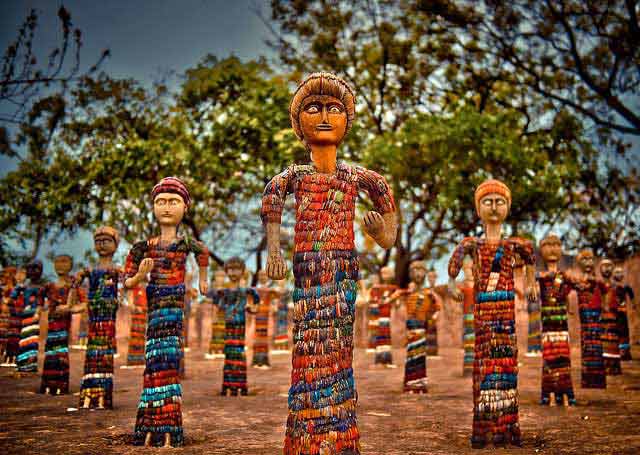The Jharkhand government is working on an aggressive plan to develop closed and abandoned mines into active tourist destinations on the lines of mining tourism practices adopted by countries like Australia, Chile, Canada, Norway among others.

Developing mining tourism in a big way is part of the state tourism department’s larger plans to evolve improved tourism infrastructure and promote lesser known tourist sites into major visitor draws. The government is also planning renovation, restoration and development of the medieval terracotta temples of Maluti as a tourist hotspot.
Elaborating the plans of the government, Jharkhand tourism director Prasad Krishna Waghmare said, “The department is working on different genres to boost tourism in the state including mining tourism, temple tourism, as well as biodiversity tourism as part of a comprehensive tourism policy that has been drafted for the first time since the formation of state in 2000.”
“Mining tourism is to be developed following best practices from other parts of the world. Jharkhand government intends to develop closed mines as a tourist destination. It is also planning to transform several abandoned mines of the state as tourist sites. That could be a different experience for the pepole who visit Jharkhand. The government is already in talks with several mine operators for the same,” said Waghmare.
Developing temple tourism is another major priority on the agenda of the Tourism Department to attract greater inflow into the state. New tourist destinations have been proposed to be developed in Deoghar, at Baba Naikdham, Mahrinath Dham, Godda, Lord Shiva Dham at Vasta hills, and Dombariburu and Ulihatu.
Additionally, the state government is working for the renovation of Vishwakarma temple, Hazaribagh, Deoghar Basukinath, Parasnath hill, Rajrappa temple, Jagannathpur temple, Sun temple, Maluti and Bhairavsthan.
“A new addition to the list would be the temple tourism at Maluti, which has a treasure of ancient temples intricately decorated with terracotta to be developed and offered to tourists,” Waghmare said, adding that Maluti temples are a group of 78 terracotta temples built between the 17th and 19th centuries in Maluti village of Dumka district.





